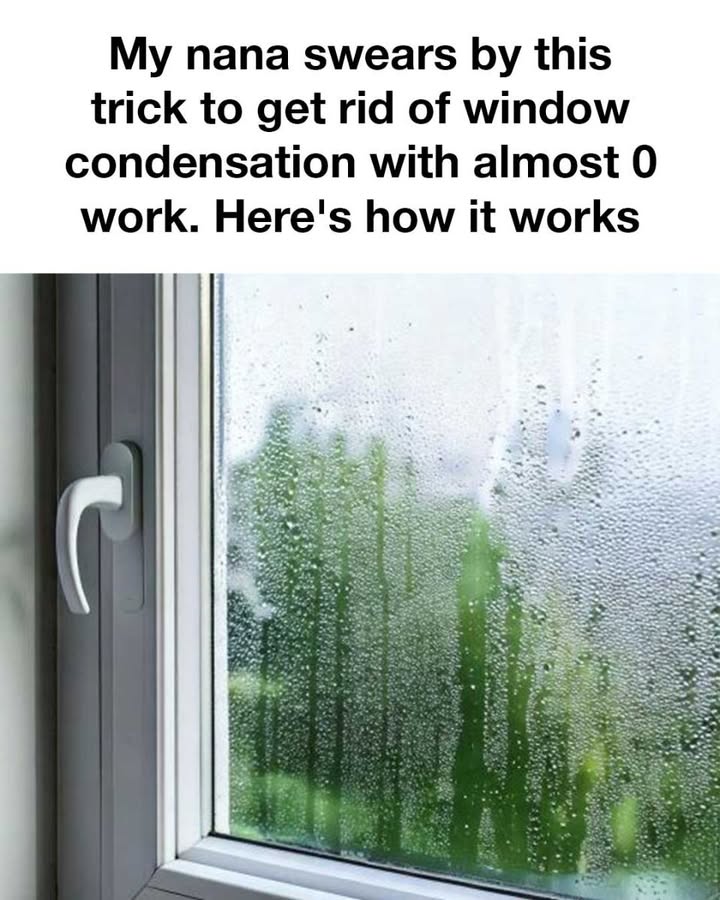Window condensation is a common problem that many homeowners face, especially during the colder months. It occurs when warm, moist air comes into contact with cooler surfaces, resulting in water droplets forming on the inside of windows. This not only obstructs the view but can also lead to more serious issues like mold growth and damage to window frames. Addressing window condensation is crucial for maintaining a healthy and comfortable living environment.
Understanding the Causes of Window Condensation
To effectively tackle window condensation, it’s important to understand its causes. Condensation typically happens when there is a significant temperature difference between the inside and outside of a home. High humidity levels indoors, inadequate ventilation, and poor insulation can all contribute to this issue. By identifying these factors, homeowners can take steps to reduce condensation and its associated problems.
The Importance of Addressing Window Condensation
Ignoring window condensation can lead to a host of problems. Persistent moisture can damage window frames, sills, and even walls, leading to costly repairs. Moreover, the damp environment can promote the growth of mold and mildew, which pose health risks to the occupants. Therefore, addressing window condensation is not just about aesthetics; it’s about protecting your home and health.
Nana’s Trick for Eliminating Window Condensation
My nana has a simple yet effective trick to combat window condensation with minimal effort. She swears by using a small dehumidifier or moisture absorber placed near the windows. This trick works wonders in absorbing excess moisture from the air, preventing it from condensing on the window surfaces. It’s an easy and low-maintenance solution that anyone can implement.
Step-by-Step Guide to Implementing the Trick
1. Purchase a small dehumidifier or moisture absorber from a local store or online.
2. Place the dehumidifier or moisture absorber near the window where condensation is most prevalent.
3. Ensure that the device is plugged in and functioning properly if it’s an electric dehumidifier.
4. Regularly check and empty the water reservoir or replace the moisture-absorbing crystals as needed.
5. Monitor the windows to see a noticeable reduction in condensation over time.
Why This Trick Requires Minimal Effort
Next Page
Pages: 1 2

